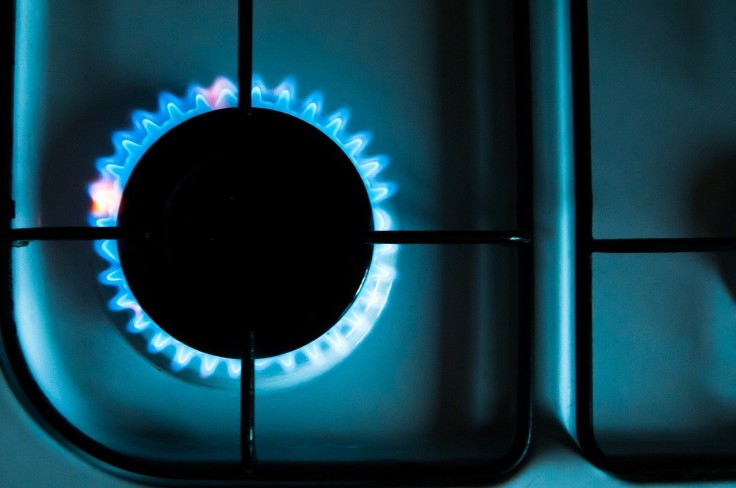
The gas stoves used in more than a quarter of homes in the U.S. may be harmful to children's lungs and could even trigger asthma attacks because it has high nitrogen dioxide content. While commonly found in many American kitchens, some environmental groups said that this appliance emits pollutants that may be worsening climate change.
In a report on NPR, the experts revealed that 13 percent of heat-trapping emissions in packed residential buildings come from gas stoves and other gas appliances like furnaces or water heaters. Thus, eco advocates want to change the standards for gas stove use in many homes. Either the families shift to electric stoves or improve the ventilation in their kitchen.
Josiah Kephart, who is an environmental epidemiologist, said that the gas stove combustion that happens in the kitchen might be free of smoke, but it's still high on "nitrogen dioxide (NO2), carbon monoxide and formaldehyde," which are commonly known as toxic gasses. Nitrogen dioxide is the most toxic of these gases as it can trigger respiratory problems even in very low concentrations.
Nitrogen Dioxide Health Risks
Power plants and vehicle manufacturing companies emit nitrogen dioxide in their daily operations, which is why the government has regulated the burning of fuel outdoors, especially in these industries, to comply with the Clean Air Act. No such standards or regulations for burning fuel inside the kitchen exist, putting families at risk of nitrogen dioxide pollution.
Though less polluting than cooking using coal and fire, emissions from gas stove cooking can, nonetheless, accumulate around the house. According to a study conducted in the Netherlands and published in the Journal of Environmental Health, nitrogen dioxide inhalation has been linked to children's asthma triggers by as much as 32 percent.
In another study among children between 7 to 14 years old, asthma diagnosis was more prevalent among those raised in a house with gas stoves. The experts said that this might likely be because nitrogen dioxide triggers the body's sensitivity to allergens.
NO2 can go deep in the lungs, and its toxins can be carried and absorbed into the bloodstream. As the children's body is still developing, their immune system to fight these toxins is weaker.
Reducing the Risk
There is a way for parents to minimize the risks of nitrogen dioxide in their house if they use a gas stove for cooking food for their family. They will need a good range hood for proper ventilation. If this has been installed correctly, a range hood can exhaust the toxic particles and lower the risk of asthma triggers by 12.8 percent. However, some families seldom use the range hood in their kitchen even if it comes installed in most homes. Thus, parents need to remember that they have to turn on this appliance each time they cook.
Meanwhile, lawmakers are also considering giving incentives to households that shift to electric stoves. Congress has debated several bills relating to these incentives, but none has passed the floor thus far.